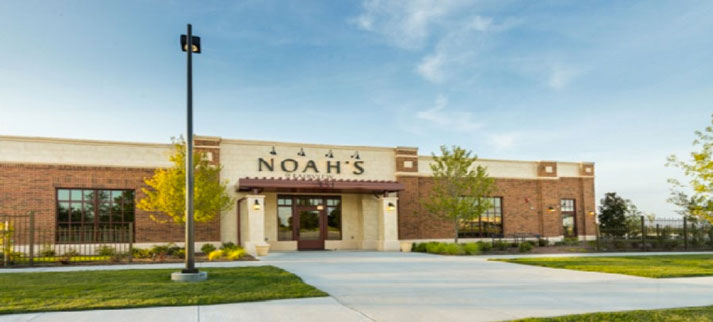If the investor wants to do 1031 exchange and planning to reinvest the proceeds in a new property, then you can get connected with us, i.e., 1031property.com. Our expert team will help you to complete your 1031 exchange in the best way. So, before executing for 1031 exchange, you should get a brief knowledge of the 1031 exchange.
What is a 1031 exchange?
1031 exchange started its functioning from section 1031 of the IRC (Internal Revenue Code). This rule is used as a tool for deferring the capital gain taxes. In the 1031 exchange process, the investor sells the property and reinvest the proceeds to buy new replacement property, and defer all the capital gain taxes within 180 days of the sale the property. The qualified intermediary also known as 1031 accommodator is involved in the exchange process without whose presence the exchange cannot be completed because the money received from the sale of the relinquished property is kept in the escrow account and if the investor touches the cash, then he/she is disqualified from the 1031 exchange.
Most of the real estate properties are like-kind in nature unless they are improved or unimproved.
To capacitate for 1031 exchange, certain rules need to be followed:
Both the relinquished and replacement property for which the exchange is done must be used for productive use in trade or business. Under 1031 exchange a personal residence or your first home cannot be exchanged.
The properties under the 1031 exchange must be of like-kind properties. The definition of real estate properties includes land, commercial property, and residential property. One can exchange personal property with personal property. (There are some sophisticated rules surrounding this – For example, the livestock of opposite sex are not considered as like-kind property for the purpose of a 1031 exchange, and the properties outside the United States will not be considered as “like-kind” property in the US).
The proceeds received from the sale of the relinquished property must be re-invested in a like-kind asset within a time period of 180 days from the date of sale. Some restrictions are imposed on the number of properties which are identified as replacement properties. More than one replacement property can be identified if you satisfy one of the below-mentioned rules:
The Three-Property Rule- Under this rule, we can identify up to three properties regardless of their market values. All the identified properties are not required to be purchased to satisfy the exchange; only the amount should be equivalent.
The 200% Rule – Under this any number of properties can be there, but the aggregate fair market value of all the replacement properties should not exceed 200% of the aggregate Fair Market Value (FMV) of all the relinquished properties as of the initial transfer date. All the identified properties are not required to be purchased to satisfy the exchange; only the amount needs to be satisfied.
The 95% Rule – The 95% rule is the rule under which an investor is allowed to identify as many properties as he/she wants unless and until you acquire properties valued at 95% of their total value or more.
For information you can mail us at info@1031property.com and you can also call on 1-800-395-0046 to connect with our experts at 1031property.


Leave a Reply